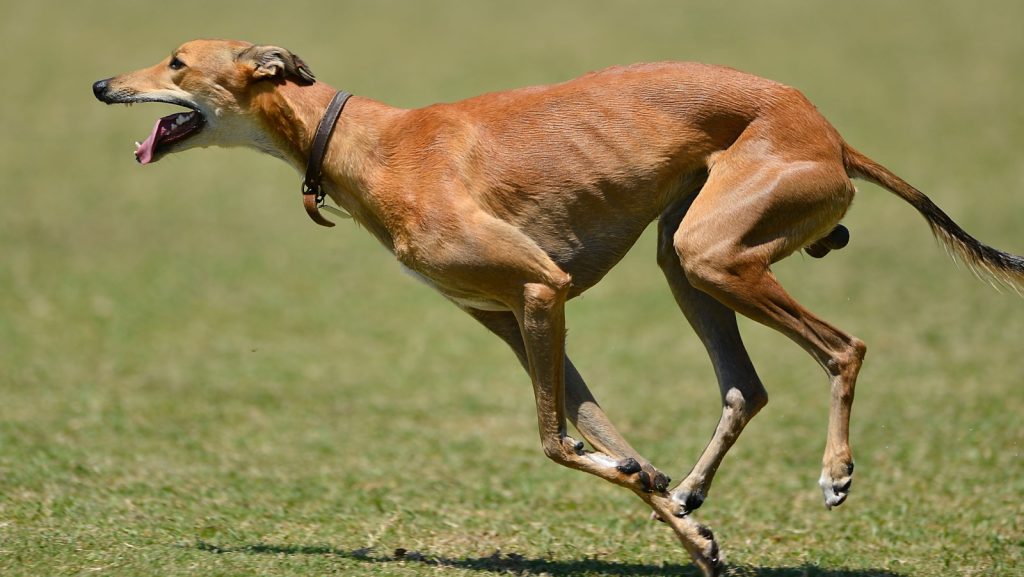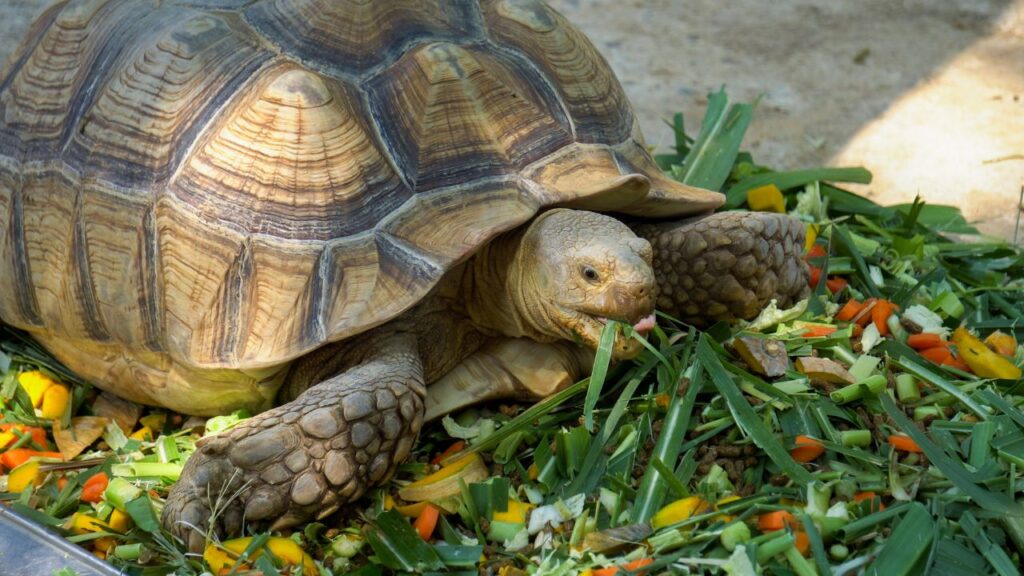Nature is full of extraordinary hunters, each with its own unique set of skills. Among these, speed stands out as a powerful weapon in the animal kingdom. Swift predators have evolved to chase down their meals, turning the hunt into a thrilling race. From the savannah to the sea, these speedy hunters showcase the marvels of evolution. Their incredible abilities not only help them survive but also shape the behaviours of their prey. Let’s explore some of the fastest predators on Earth and discover how they use their lightning-quick reflexes to catch dinner.
Cheetah
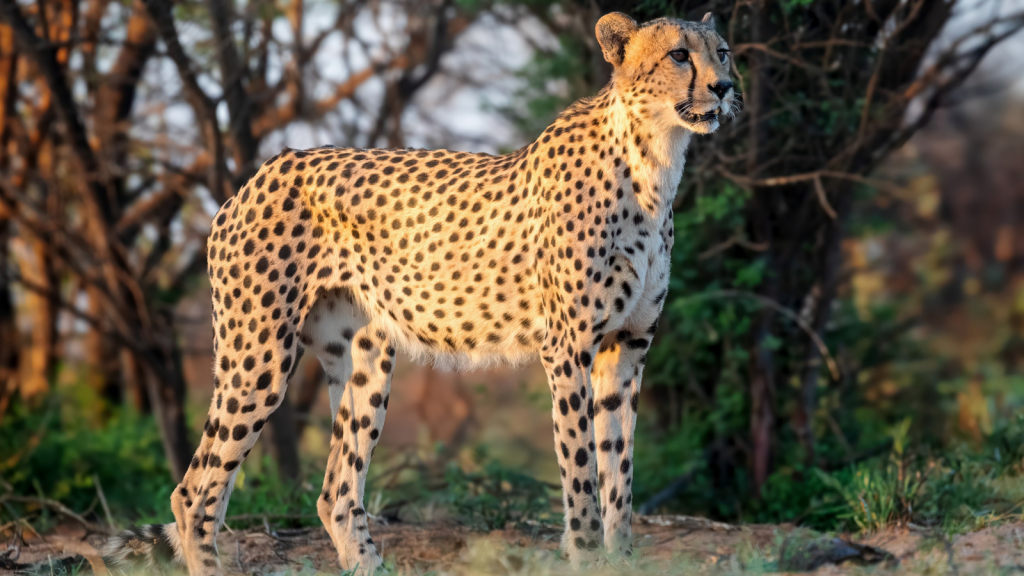
The cheetah is widely known as the fastest land animal. These big cats can reach speeds of up to 70 mph in short bursts. Their slender bodies, long legs, and flexible spines are perfectly adapted for high-speed chases. Cheetahs use their incredible acceleration to catch prey like gazelles and impalas on the African plains. Interestingly, cheetahs can only maintain their top speed for about 300 yards before needing to rest and cool down.
Peregrine Falcon

Peregrine falcons are the speed demons of the sky. When diving to catch prey, they can reach speeds over 200 mph. These birds have specially adapted nostrils that help them breathe during these high-speed swoops. Peregrines use their blazing speed to catch other birds in mid-air, often striking them with enough force to stun or kill on impact. Their exceptional eyesight allows them to spot prey from over a mile away, giving them time to plan their high-speed attack.
Sailfish
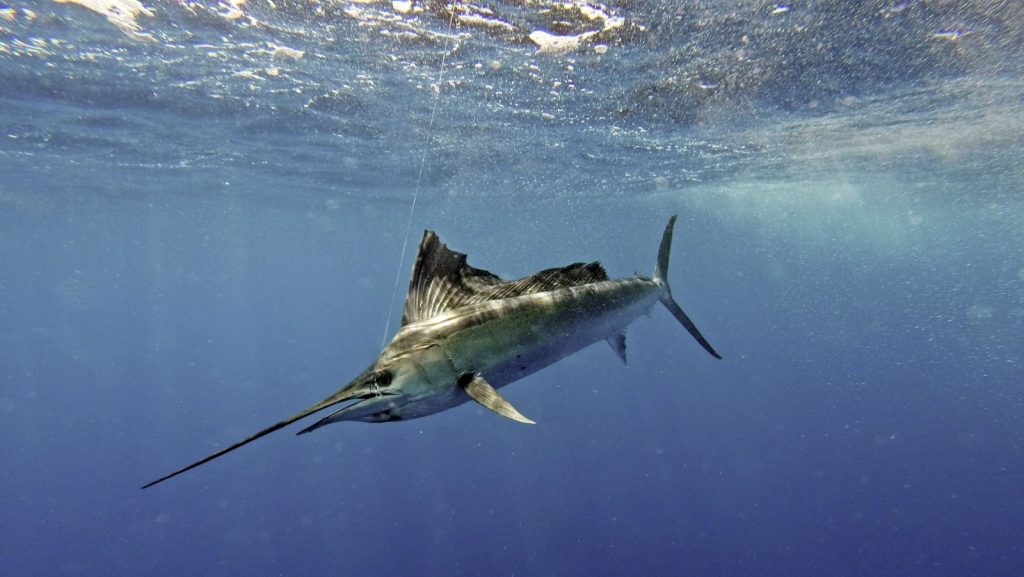
Beneath the waves, sailfish are the speedsters of the sea. These fish can swim at speeds up to 68 mph, making them the fastest fish in the ocean. Their streamlined bodies and large, crescent-shaped tails help them slice through water with ease. Sailfish use their speed to chase down and catch smaller fish, often working together in groups to herd their prey. Their distinctive sail-like dorsal fin can be raised to make them appear larger to predators or lowered for maximum speed during pursuit.
Grey Wolf
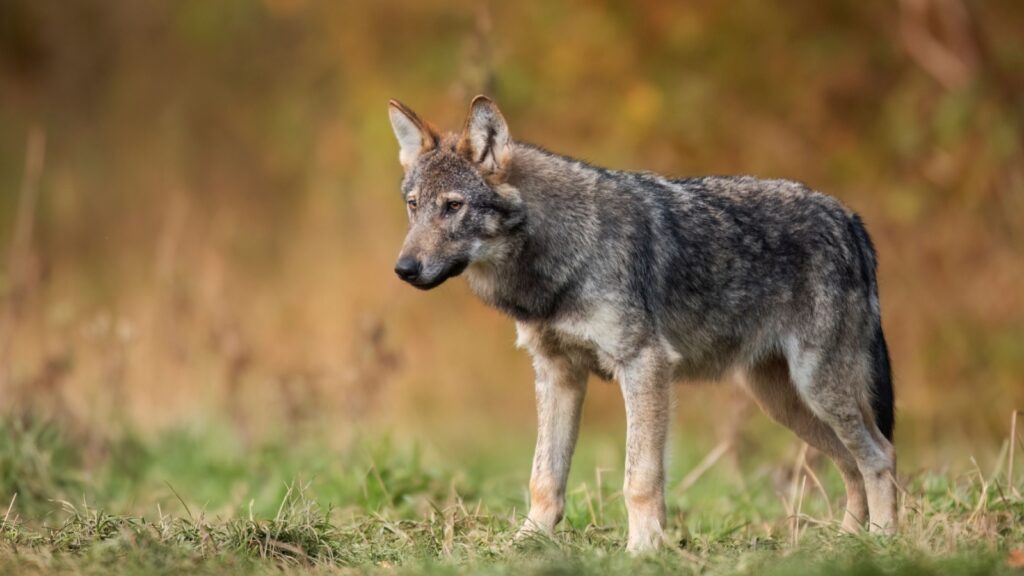
Grey wolves are built for endurance as well as speed. They can run at speeds up to 40 mph and can maintain a steady pace for hours. This combination allows them to wear down faster prey over long distances. Wolves often work in packs to chase and surround their targets, using their speed and stamina to exhaust animals like deer and elk. Their keen sense of smell complements their speed, allowing them to track prey for miles before beginning the chase.
Pronghorn Antelope

While not typically thought of as predators, pronghorns are incredibly fast herbivores. They can run at speeds up to 55 mph, making them the second-fastest land animal after the cheetah. This remarkable speed evolved as a defence against now-extinct American cheetahs. Today, pronghorns use their speed to outrun modern predators like coyotes and wolves. Unlike cheetahs, pronghorns can maintain their high speeds for long distances, sometimes running for miles without slowing down.
Ostrich
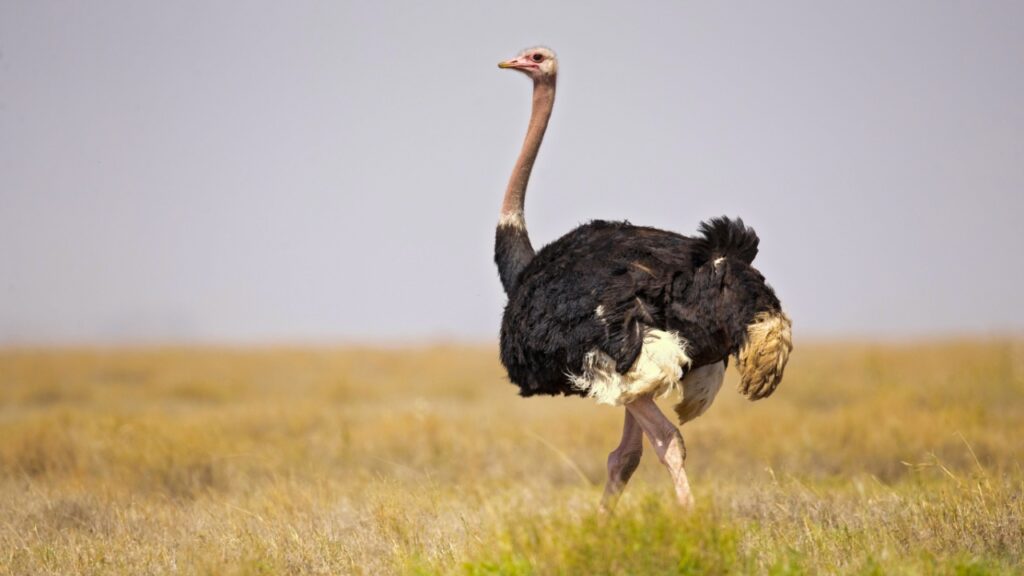
Ostriches are the fastest birds on land, capable of reaching speeds up to 43 mph. Their long, powerful legs can cover up to 16 feet in a single stride. While ostriches are primarily herbivores, they can be aggressive when threatened. Their speed allows them to outrun many predators and, if needed, deliver powerful kicks to defend themselves. Ostriches also have excellent vision, with eyes larger than their brains, helping them spot danger from afar and make full use of their speed.
Shortfin Mako Shark
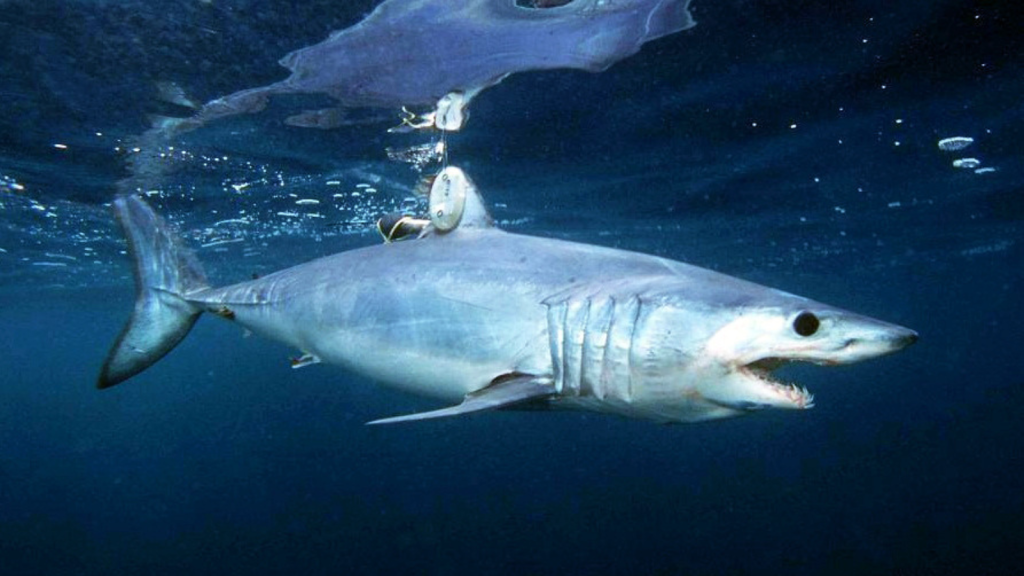
The shortfin mako is one of the fastest sharks in the ocean, capable of bursts of speed up to 45 mph. Their streamlined bodies and powerful tails make them excellent swimmers. Makos use their speed to catch fast-moving prey like tuna and swordfish, often leaping out of the water during high-speed chases. These sharks are also known for their intelligence and are one of the few shark species known to leap into boats, demonstrating their power and agility.
Lion
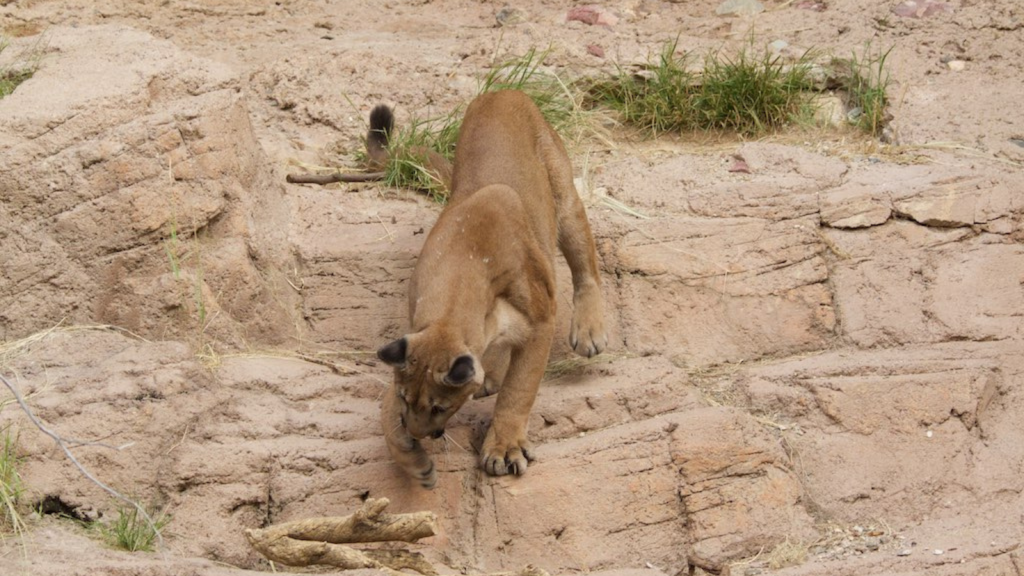
While not as fast as cheetahs, lions can still reach impressive speeds of up to 50 mph in short bursts. Their muscular bodies and powerful legs give them the strength for quick acceleration. Lions often use their speed in coordinated group hunts, with some pride members chasing prey towards others waiting in ambush. Their roar, which can be heard up to five miles away, can startle prey into running, giving lions the opportunity to unleash their speed.
Killer Whale
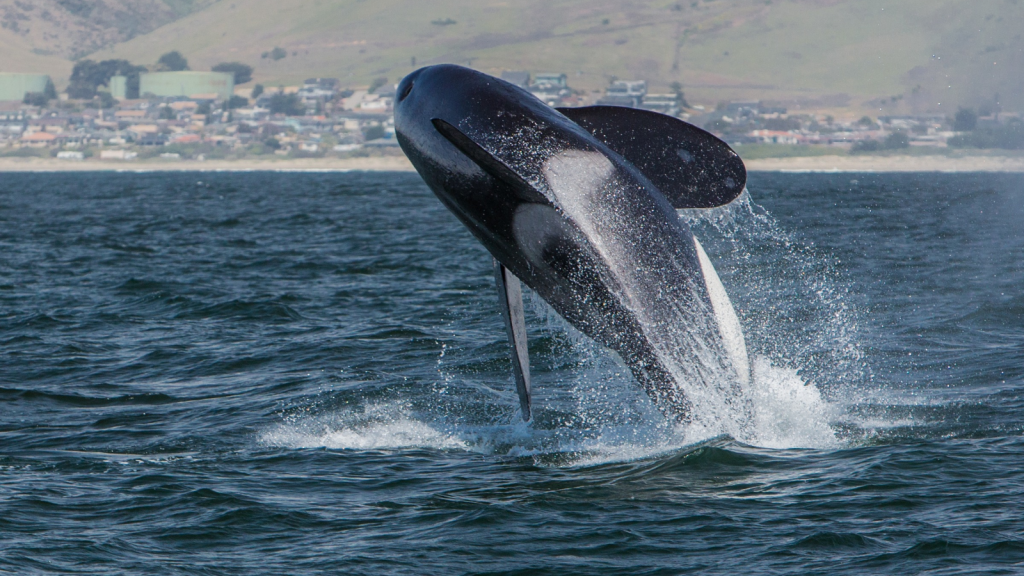
Also known as orcas, killer whales are the largest members of the dolphin family and can swim at speeds up to 34 mph. Their sleek bodies and powerful tails make them excellent swimmers. Killer whales use their speed to chase down a variety of prey, from fish to seals and even other whales. They’re also known for their intelligence and use sophisticated hunting strategies, such as creating waves to wash seals off ice floes.
Greyhound

Greyhounds are the fastest dogs in the world, capable of reaching speeds up to 45 mph. Their slender bodies, deep chests, and long legs are perfectly adapted for sprinting. While domesticated greyhounds are no longer used for hunting, their wild ancestors used this incredible speed to chase down prey like rabbits and hares. Greyhounds have a unique running style called a double suspension gallop, where all four feet are off the ground twice in each stride.
Jackrabbit
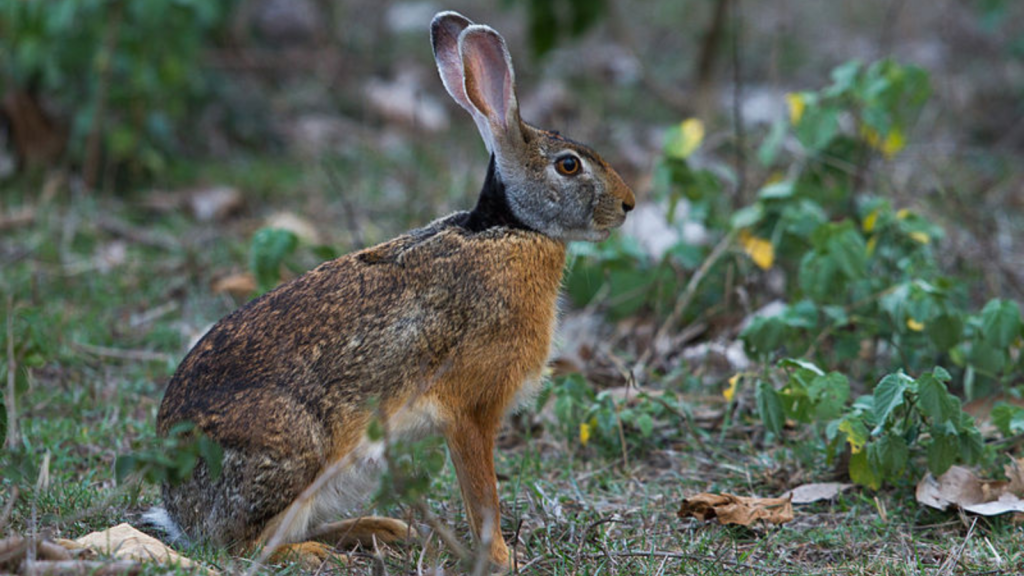
Jackrabbits are among the fastest small mammals, capable of reaching speeds up to 45 mph. Their long, powerful hind legs allow them to make incredible leaps and quick direction changes. While jackrabbits are prey animals, they use their speed defensively to escape predators like coyotes and eagles. Their large ears not only help them hear approaching danger but also help regulate their body temperature during high-speed chases.
Dragonfly
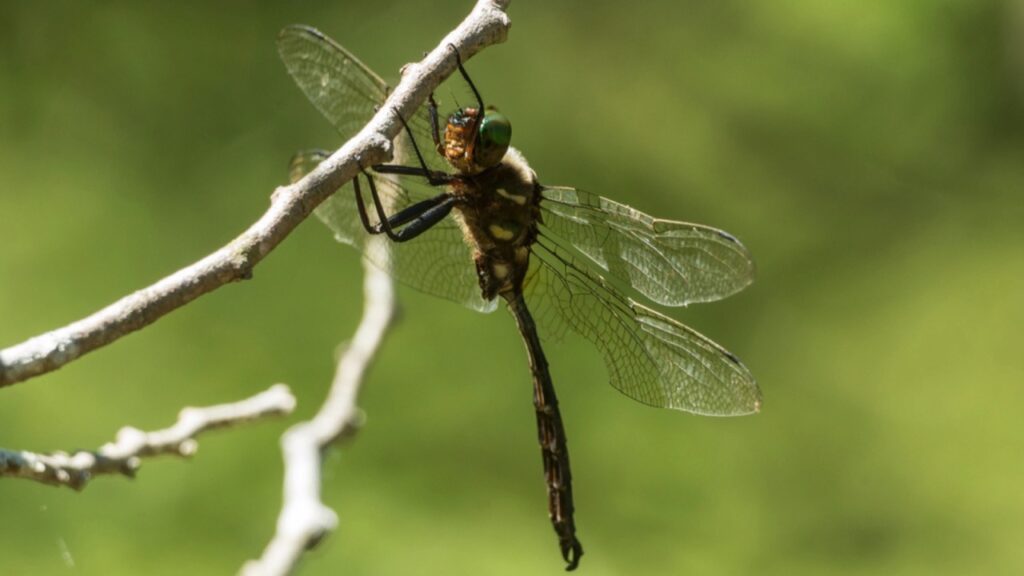
These small but mighty insects are some of the fastest flyers in the animal kingdom. Some species can reach speeds up to 35 mph. Their four wings can move independently, allowing for incredible agility in the air. Dragonflies use their speed and manoeuvrability to catch other flying insects, snatching them out of the air with their legs. They have nearly 360-degree vision thanks to their large compound eyes, which cover most of their head and help them spot both prey and predators while in flight.
Becky is a fervent wildlife enthusiast and pet care expert with a diploma in canine nutrition. Her love for animals stretches beyond the domestic, embracing the wild tapestry of global fauna. With over a decade of experience in animal welfare, Becky lends her expertise to OutlandishOwl through insightful articles, captivating wildlife information, and invaluable guidance on pet nutrition. Her work embodies a deep commitment to understanding the intricate lives of animals and a passion for educating others on sustaining natural habitats. Becky's hands-on conservation efforts and her knack for translating complex dietary science into practical pet feeding tips make her an indispensable voice for creatures great and small.

